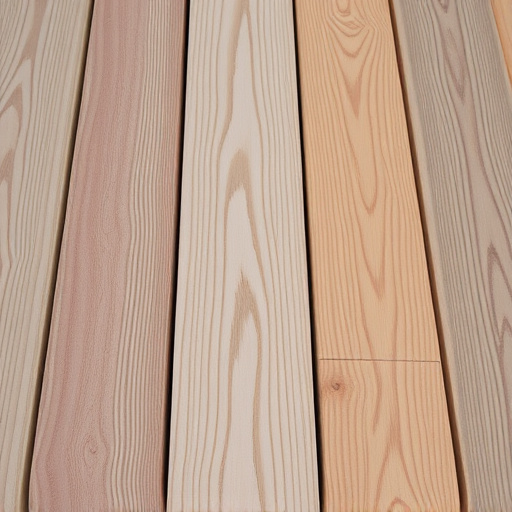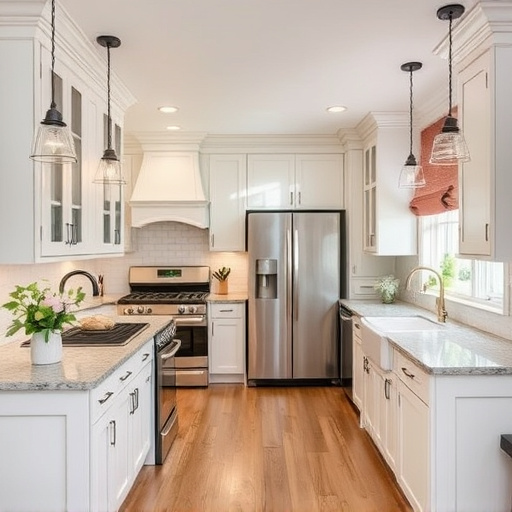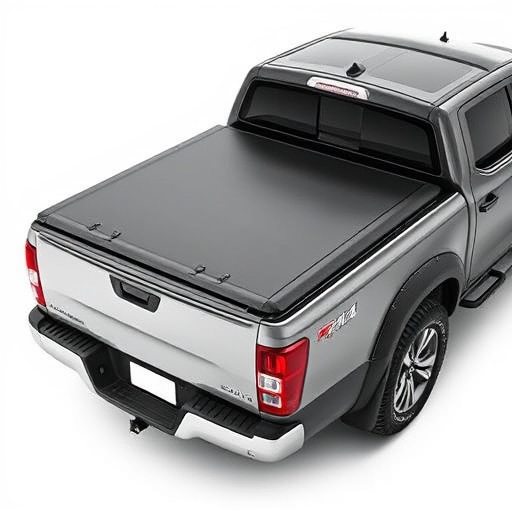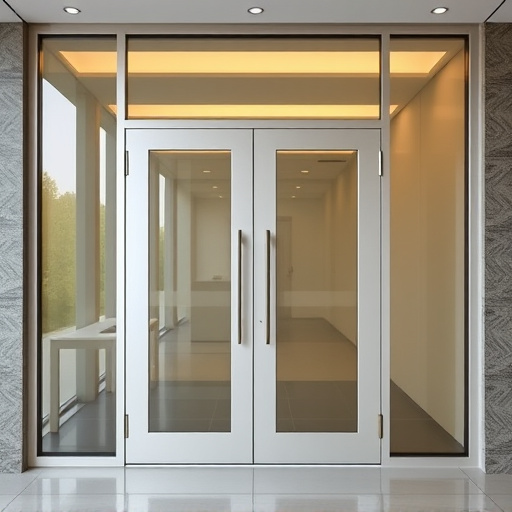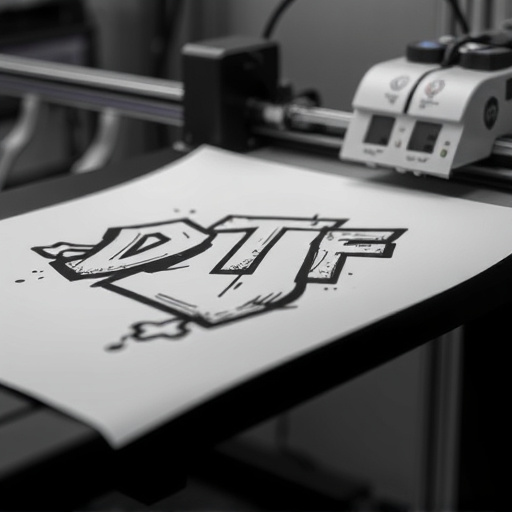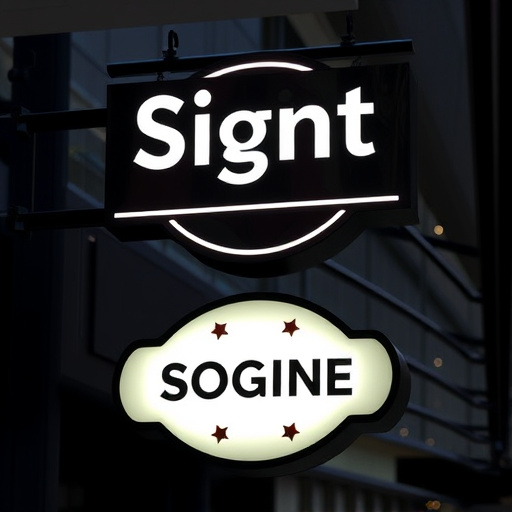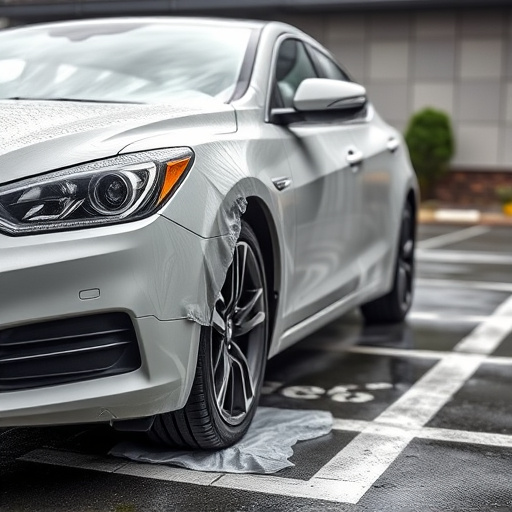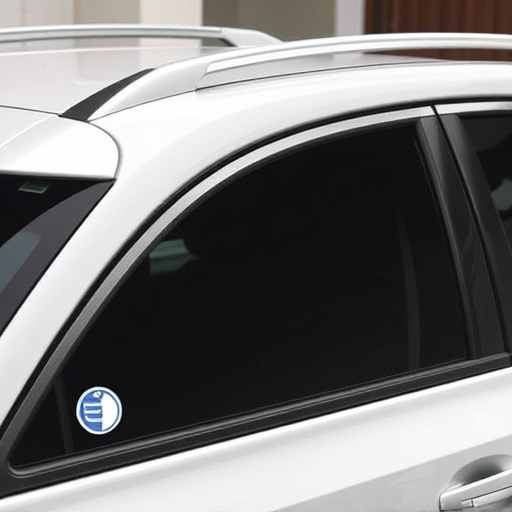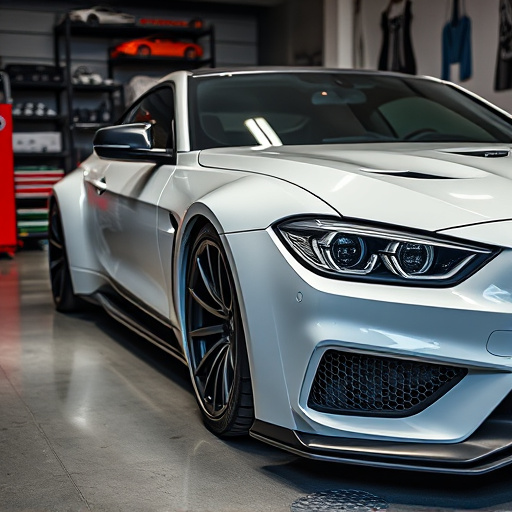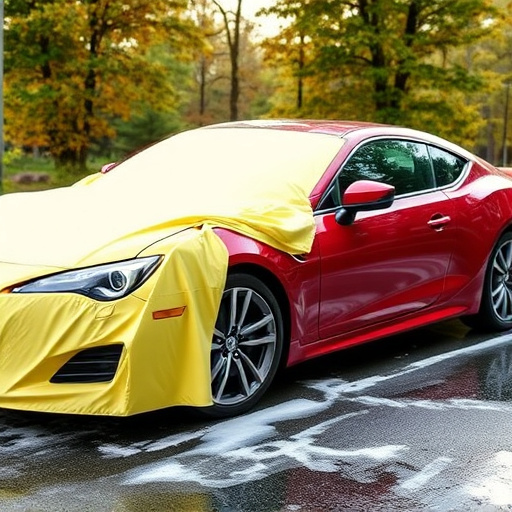Before designing business cards, define your brand identity and target audience preferences. Clearly communicate your vision, style, color scheme, and unique elements to designers. Regularly provide feedback to ensure the final design aligns with your brand. Consider enhancing your card with embossing, foiling, UV protection, or heat rejection technologies. Conduct a thorough review of typography, color, layout, and imagery. Tailor printing methods and paper types to your industry for a card that reflects your brand's essence.
Working with designers on your business card design can elevate your brand presence. This article guides you through the process, from understanding your vision to finalization. Learn effective communication strategies for aligning your expectations with those of your designer. Discover tips for a smooth collaboration and essential quality assurance steps before printing. Maximize your professional impact by optimizing your business card design using these insights tailored for business owners.
- Understanding Your Vision and Communicating Effectively
- Collaborating with Designers: Tips for a Smooth Process
- Finalizing the Design: Quality Assurance and Print Considerations
Understanding Your Vision and Communicating Effectively
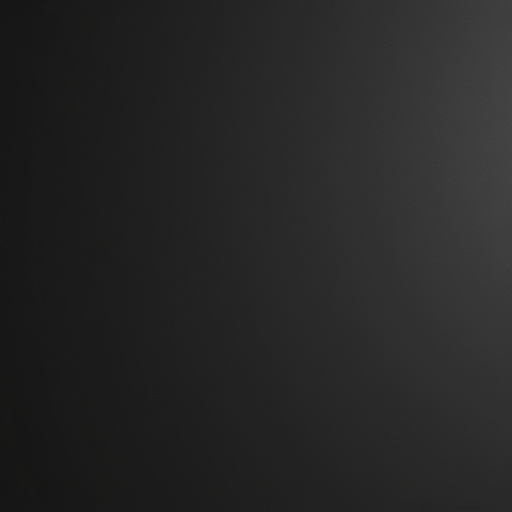
Before jumping into the business card design process with designers, it’s crucial to have a clear understanding of your vision. This doesn’t just mean having a preference for certain colors or layouts; it involves defining your brand identity and the message you want your business card to convey. Consider what sets your business apart, who your target audience is, and how you want them to feel when they receive your card. Having a concrete idea of these elements will help guide the design process and ensure the final product aligns with your professional image.
Effective communication is key when working with designers. Clearly articulate your thoughts, preferences, and any specific requirements for your business card design. Use visual aids if possible, such as examples of cards you admire or even sketches of what you envision. Additionally, be open to their input and suggestions—designers have expertise and experience that can enhance your initial ideas. Regularly check in with them throughout the process, providing feedback and making adjustments until the design perfectly encapsulates your vision and effectively showcases your brand, much like how a well-designed vehicle wrap or ceramic coating enhances a car’s aesthetics and protection.
Collaborating with Designers: Tips for a Smooth Process
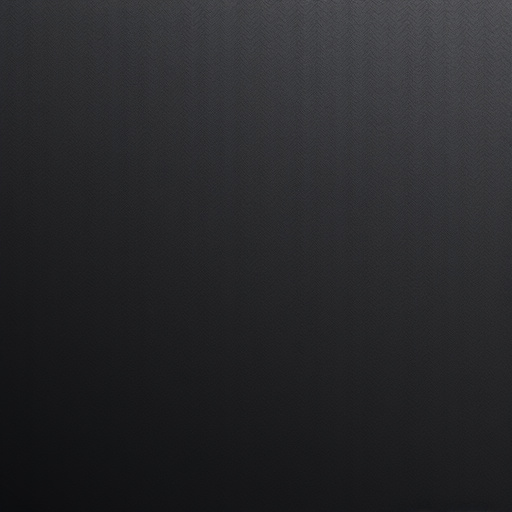
When collaborating with designers on your business card design, a smooth process depends on clear communication and mutual understanding. Start by sharing your vision, whether it’s a specific style, color scheme, or unique elements you want to include. Designers are experts in bringing ideas to life, so feel free to ask for their professional input while ensuring they understand your brand identity and target audience. Regular feedback sessions are key; discuss concepts, make amendments, and approve the final design together. This collaborative approach ensures your business card design not only aligns with your expectations but also effectively represents your brand.
Remember, designers can enhance your initial ideas with their creativity and technical skills. Consider aspects like finishings, such as embossing or foiling, which add a tactile element to your cards, just as UV protection coatings ensure your designs last longer. Similarly, think about heat rejection technologies for cards that will be handled frequently, preventing fading or smudging. These details can elevate your business card design from ordinary to exceptional, leaving a lasting impression on potential clients and partners.
Finalizing the Design: Quality Assurance and Print Considerations

After designers have presented their initial concepts for your business card, it’s crucial to engage in a thorough review process. This involves examining every detail, from typography and color schemes to layout and imagery, ensuring it aligns with your brand identity and messaging. Think of this as the quality assurance step—it’s about making sure the final design meets the highest standards.
When finalizing, consider the practical aspects of printing. Different paper stocks, finishes, and printing methods can significantly impact the look and feel of your business cards. For instance, if you’re in the automotive detailing or ceramic window tinting industry, a high-gloss finish might enhance your brand image. Alternatively, for vehicle wraps or other graphic design services, a robust, durable card could better represent the durability of your offerings.
When collaborating on a business card design, clear communication and a shared understanding are key. By effectively conveying your vision, brand identity, and specific requirements, you can ensure the designer captures your unique needs. Through a structured collaboration process, from initial concept to final proof, you’ll be well-equipped to create eye-catching and professional business cards that leave a lasting impression. Remember, a successful design is a result of active involvement and open dialogue throughout the entire project.
